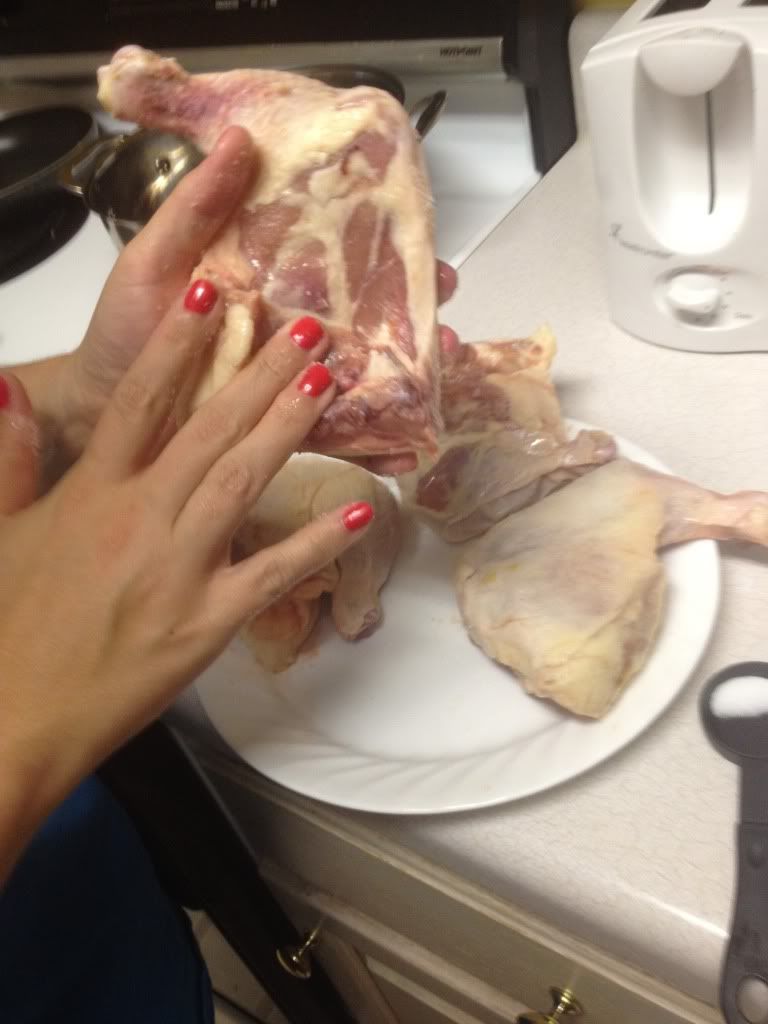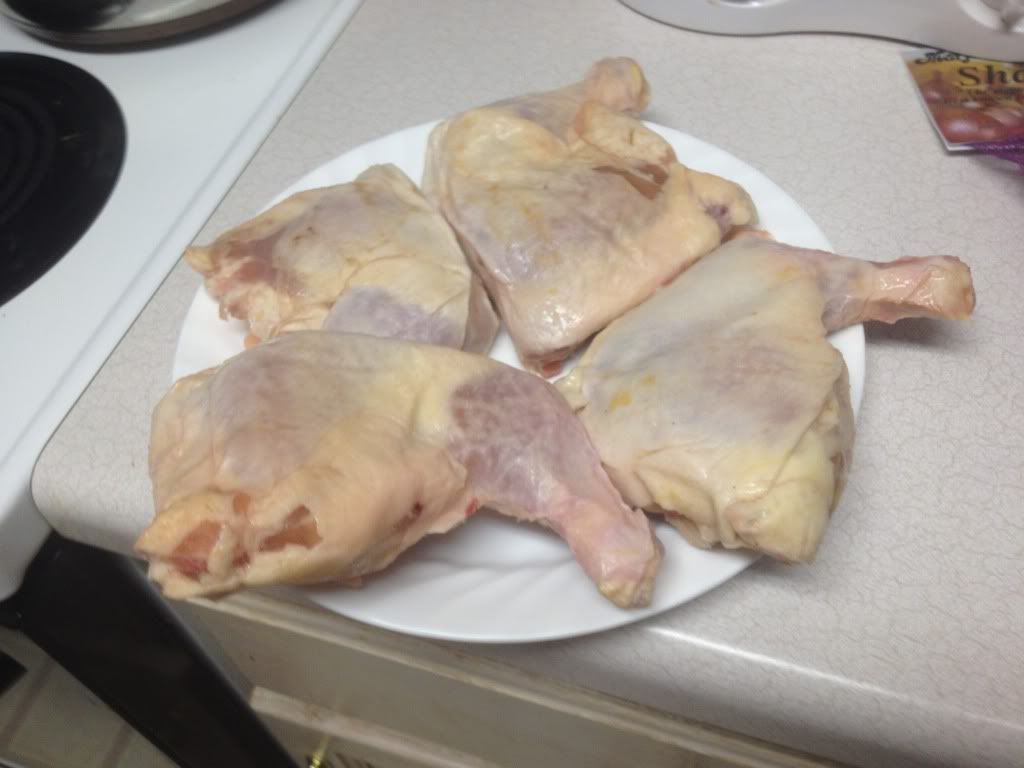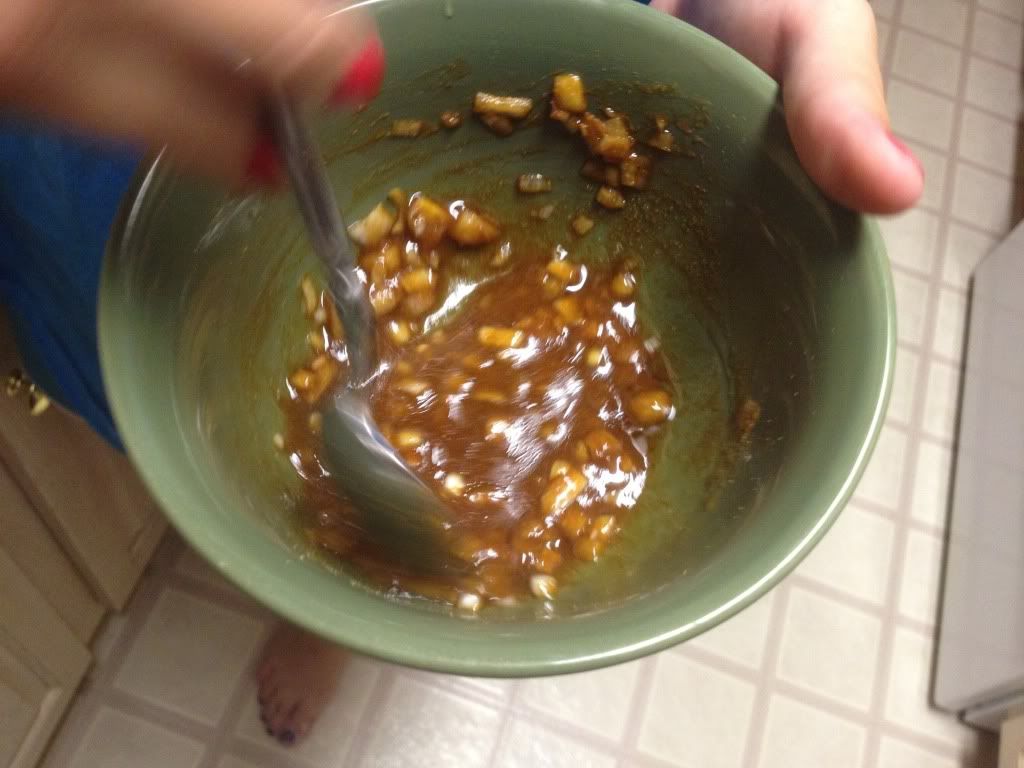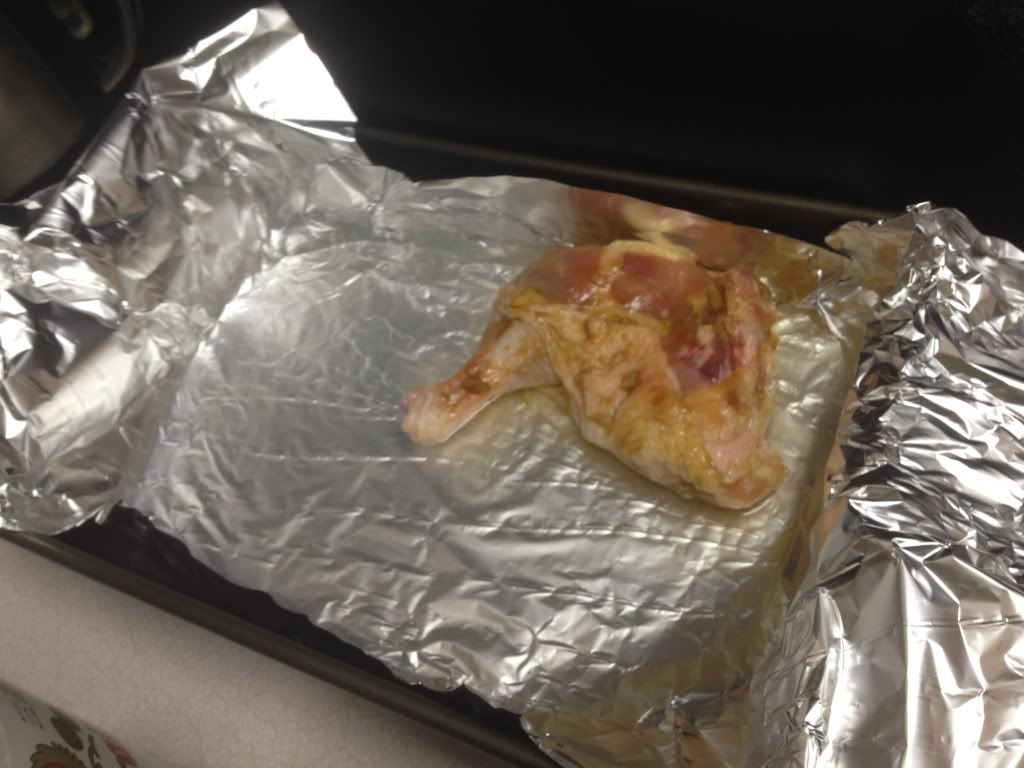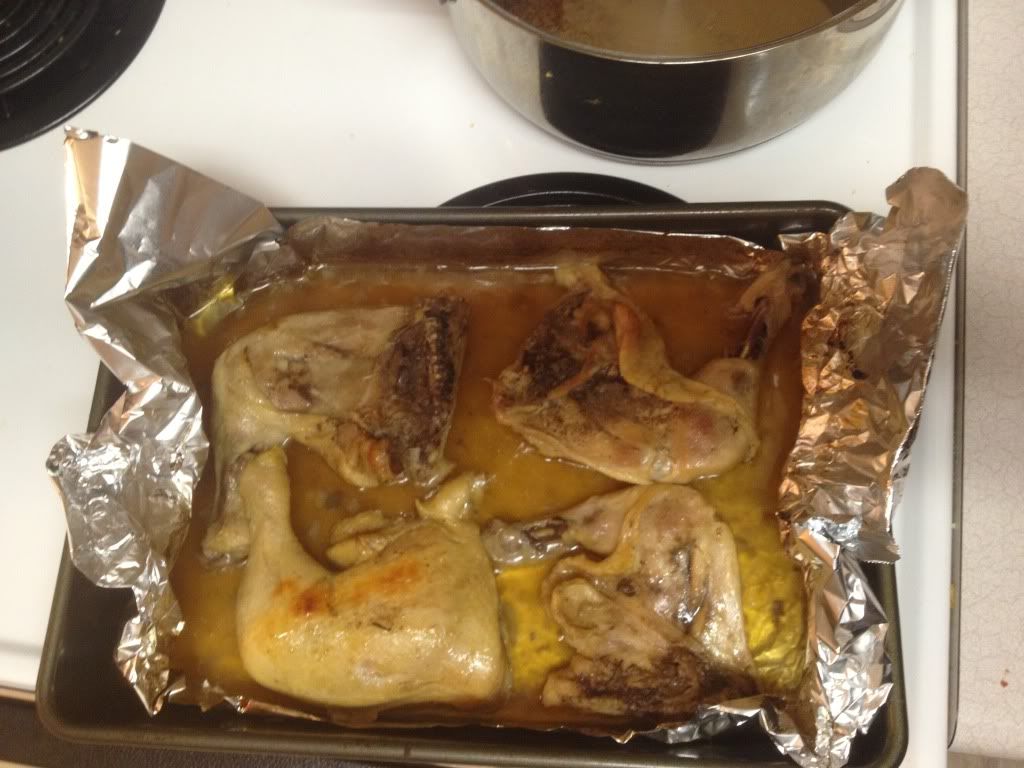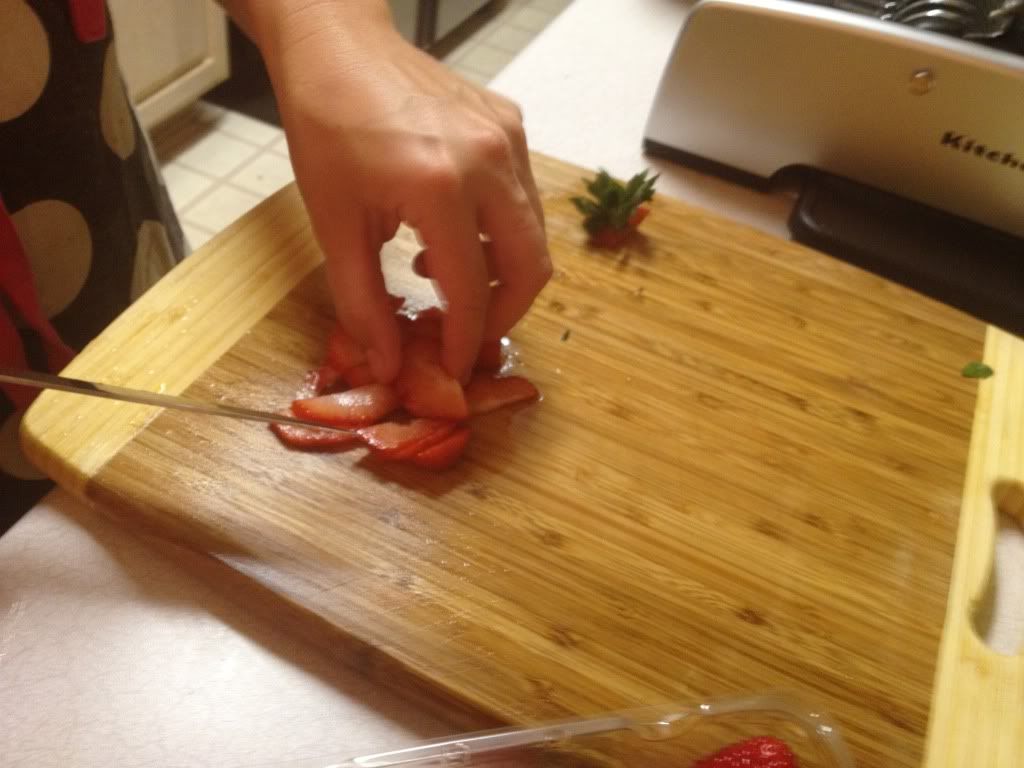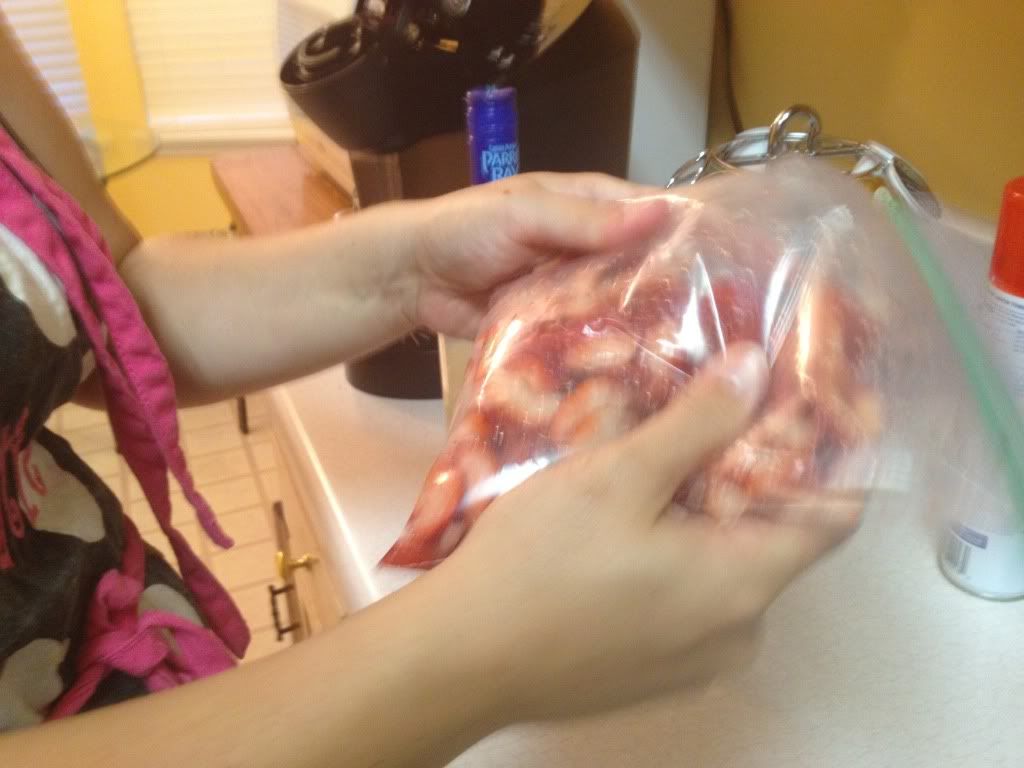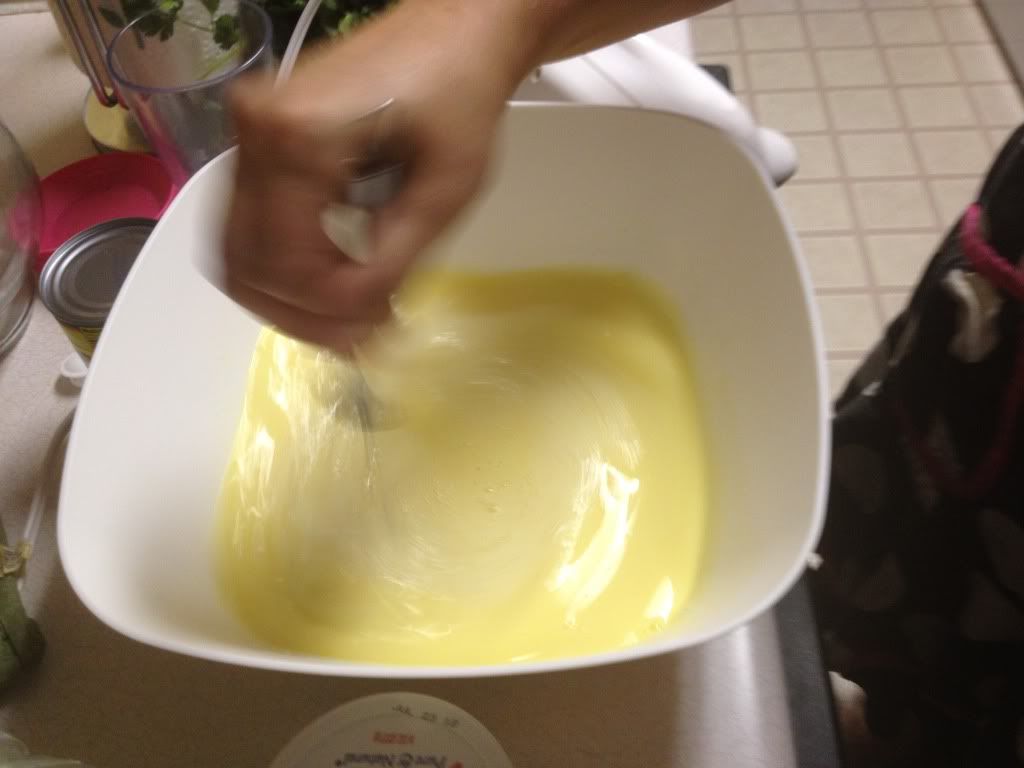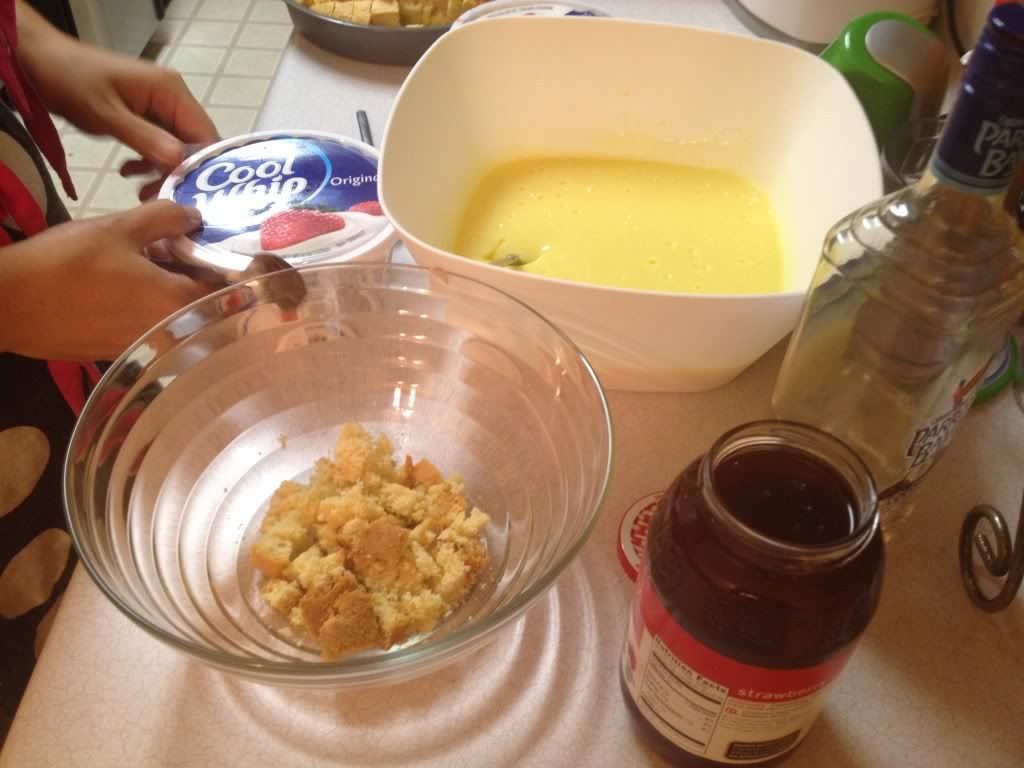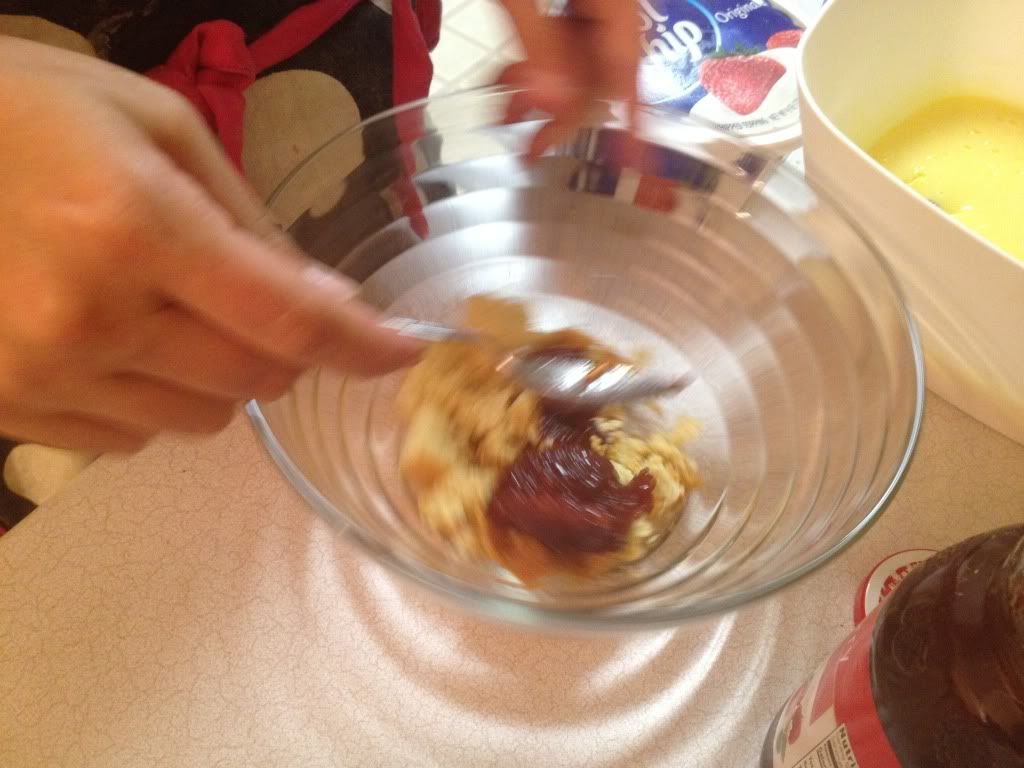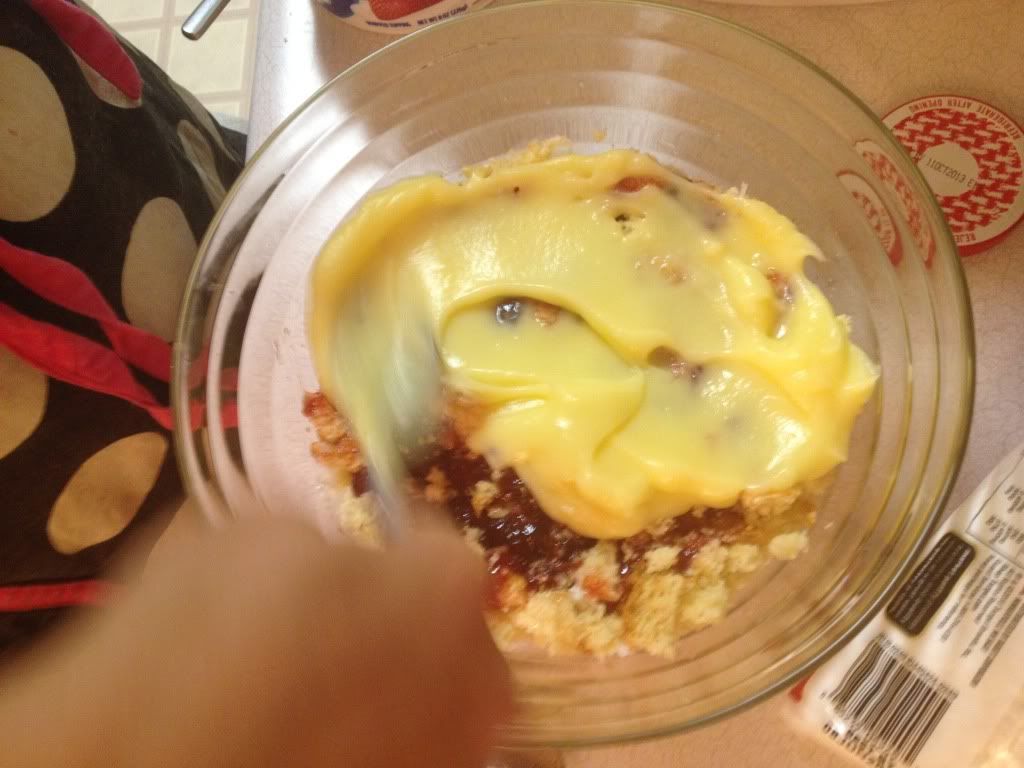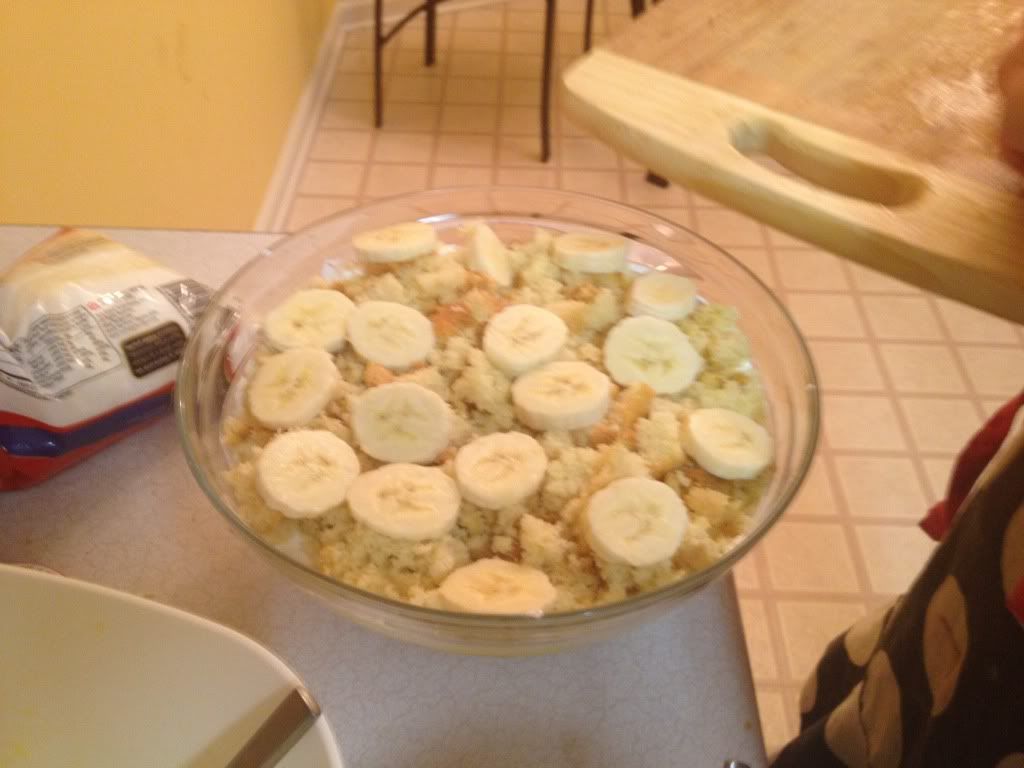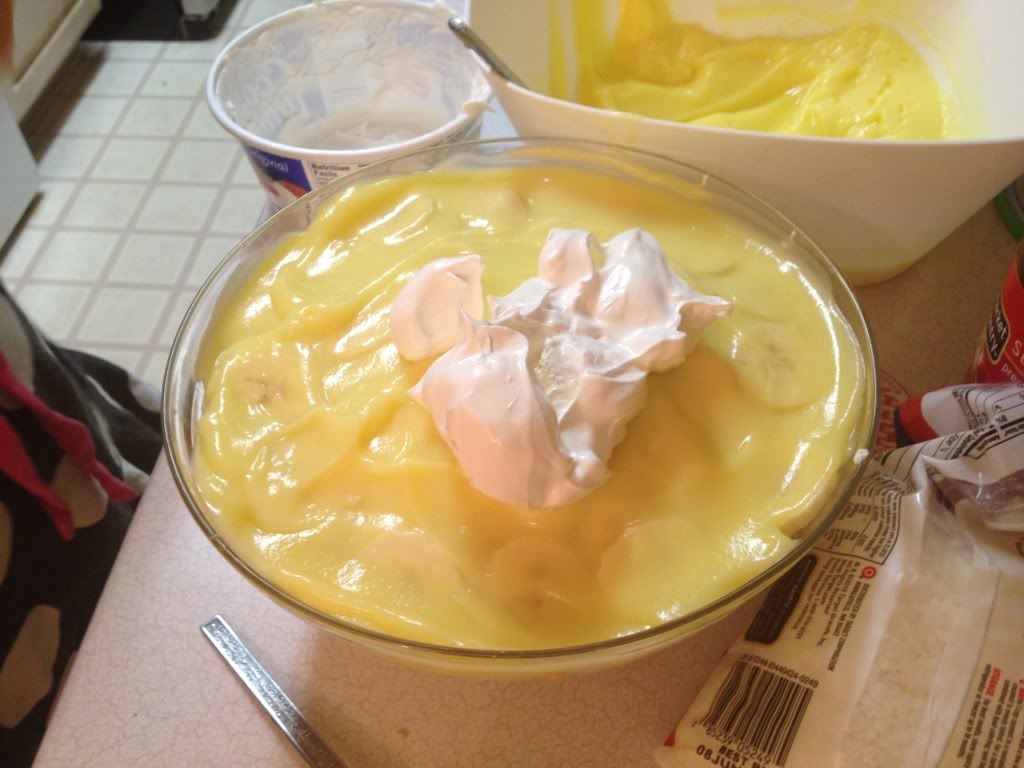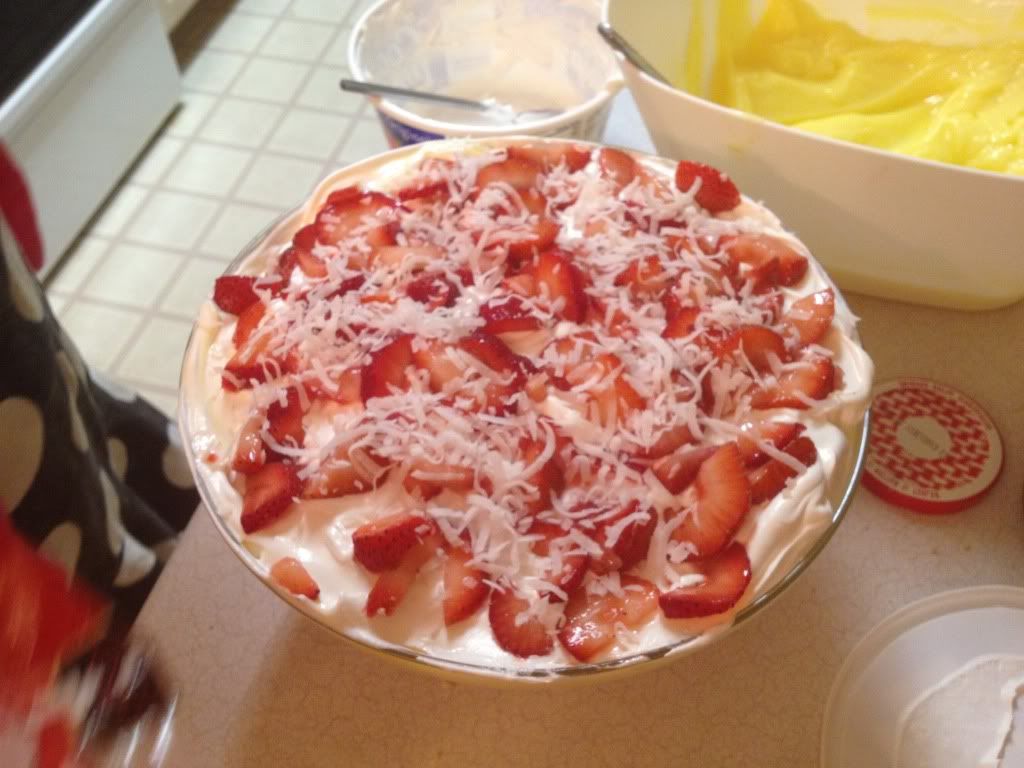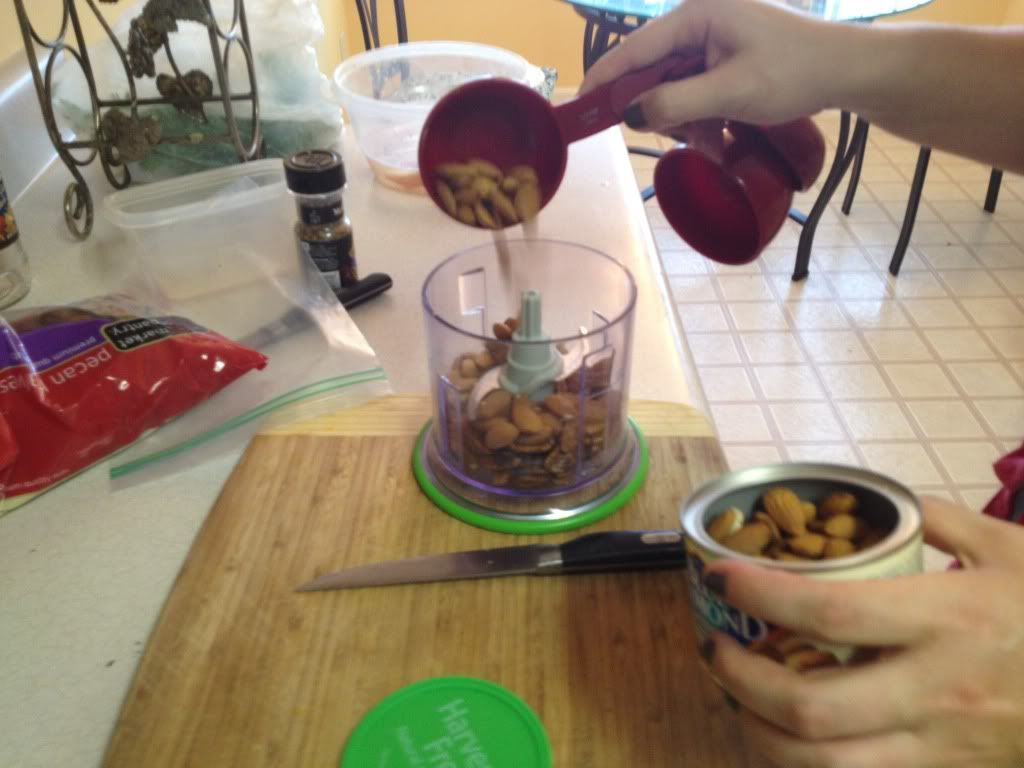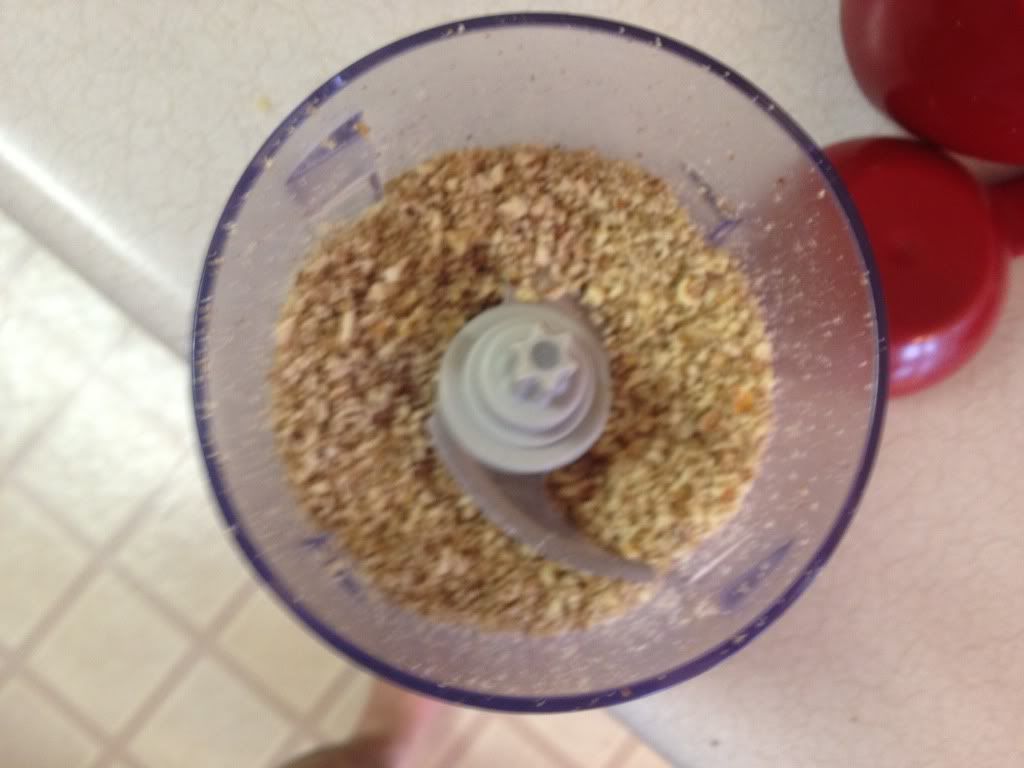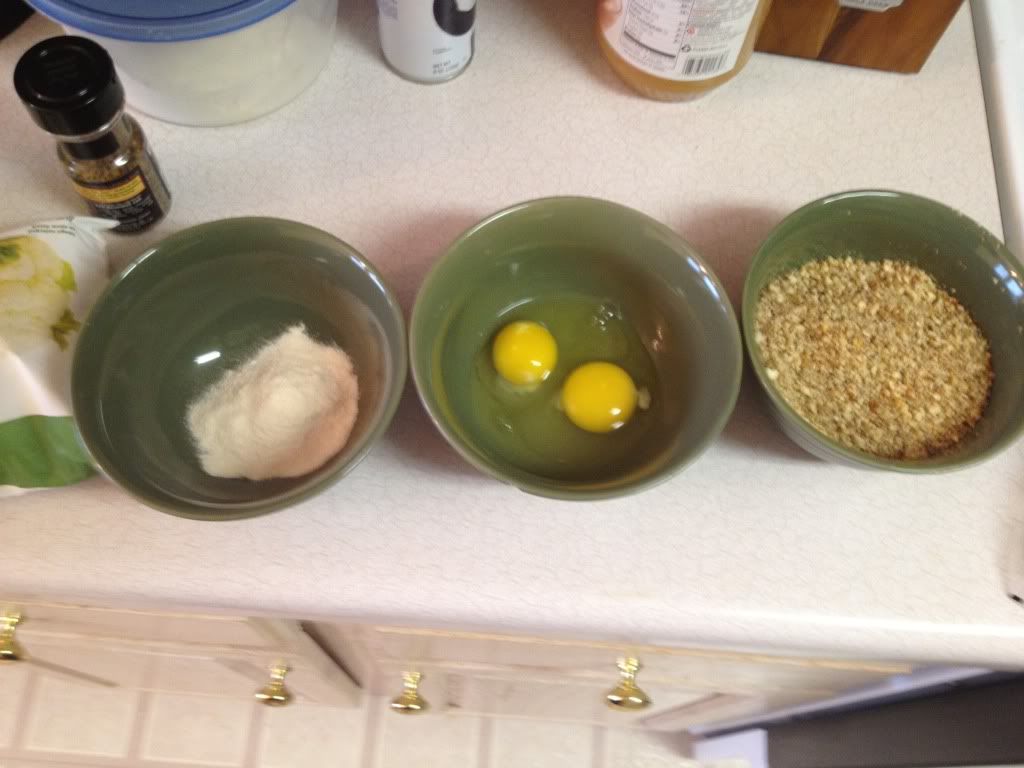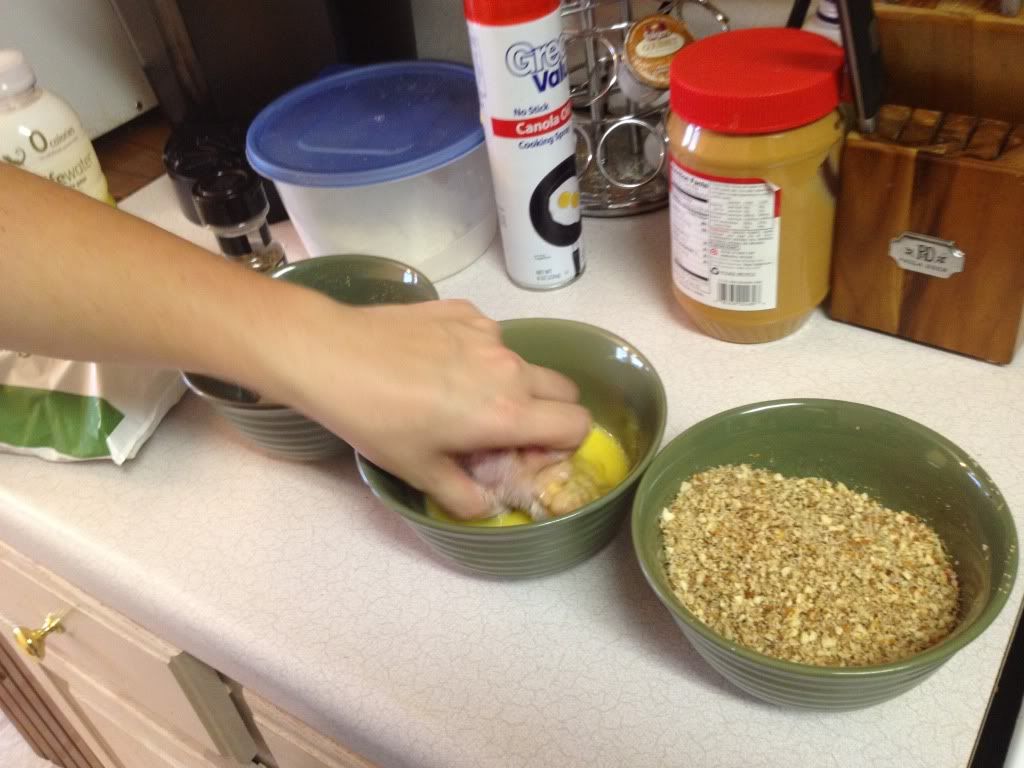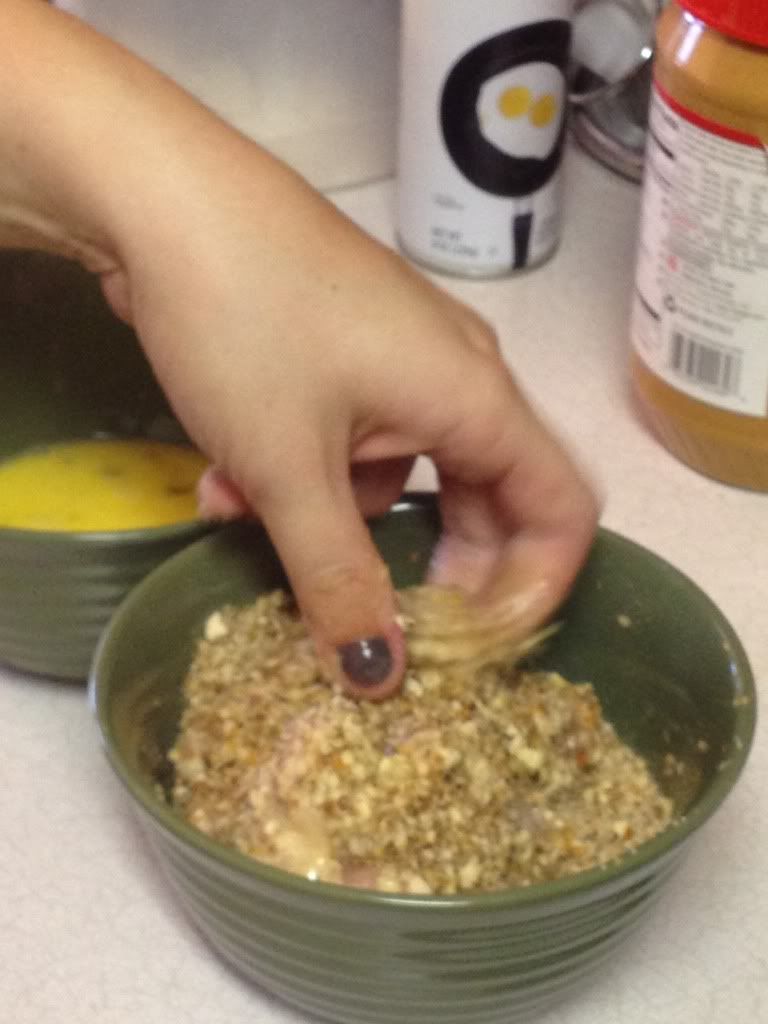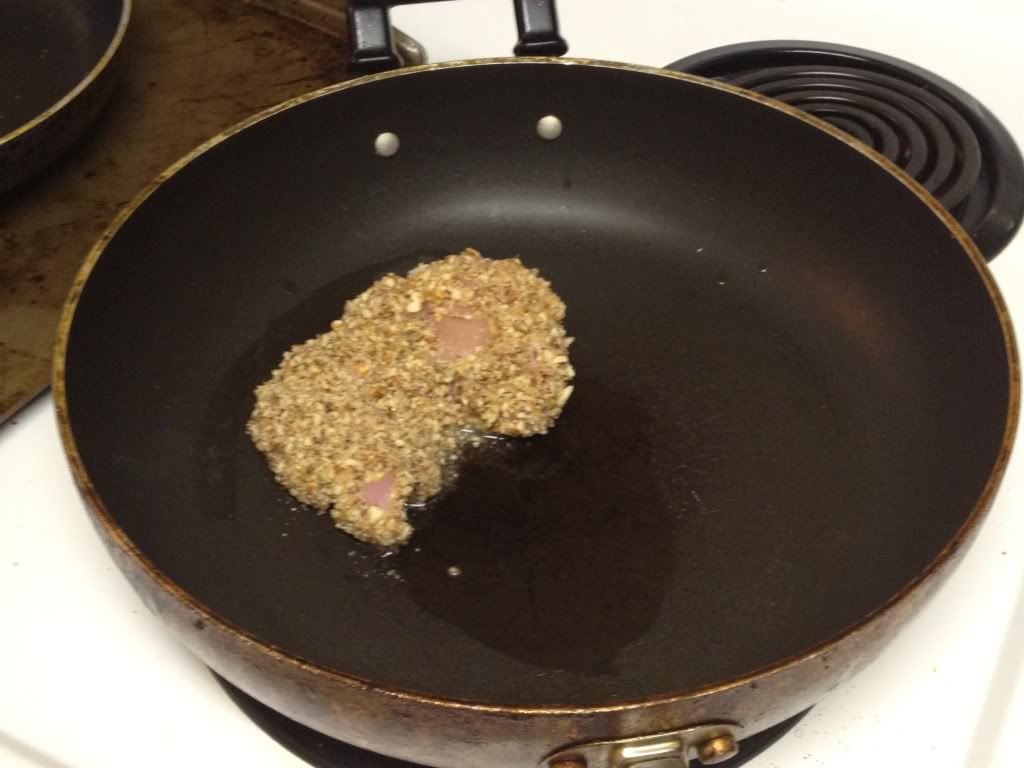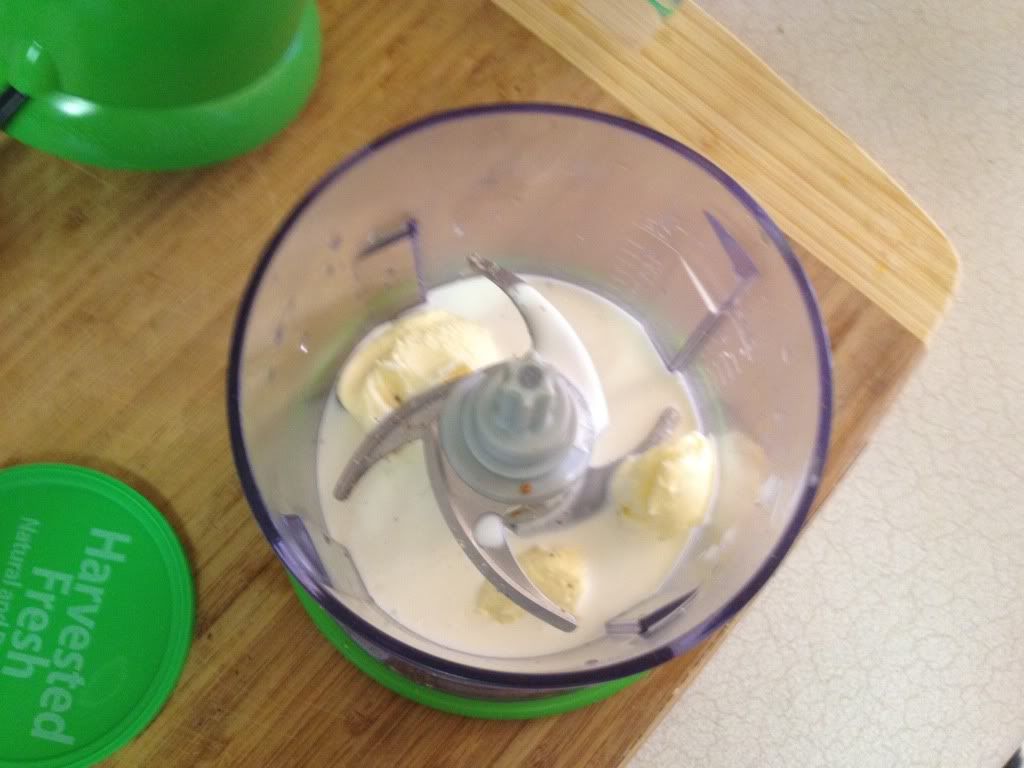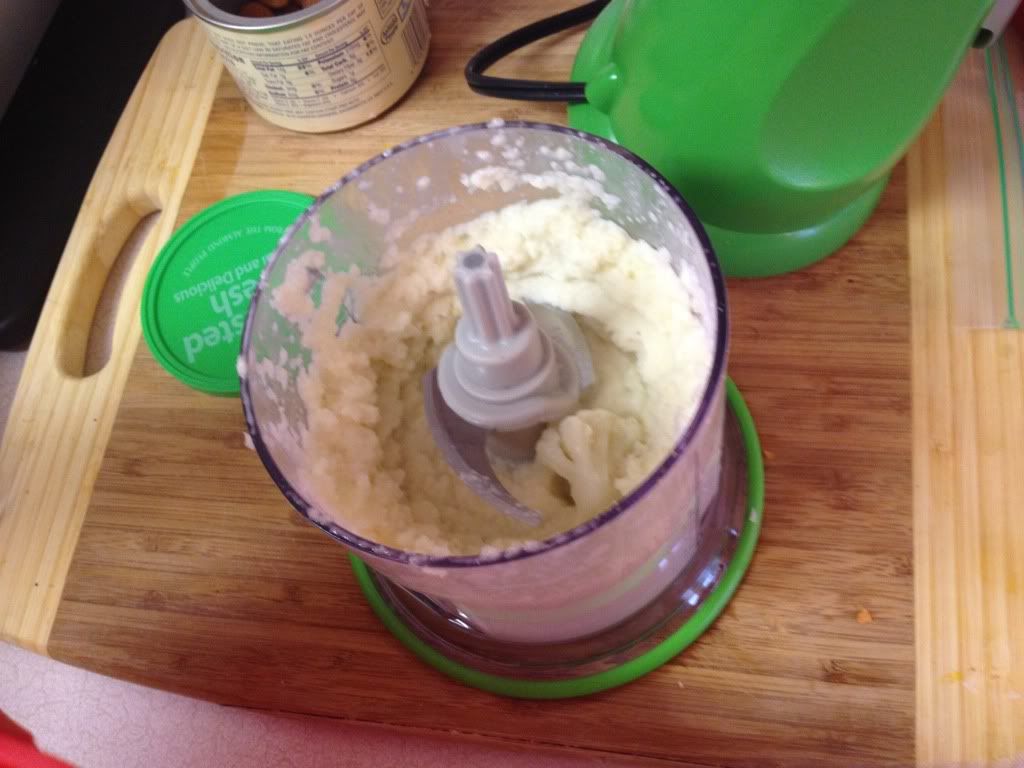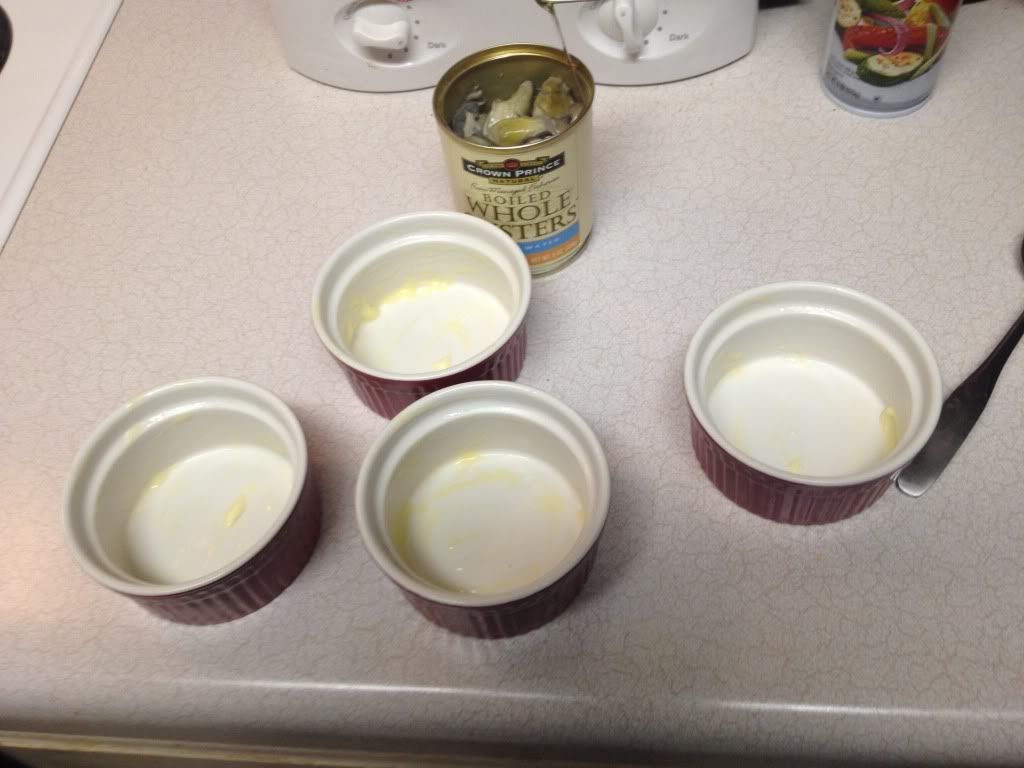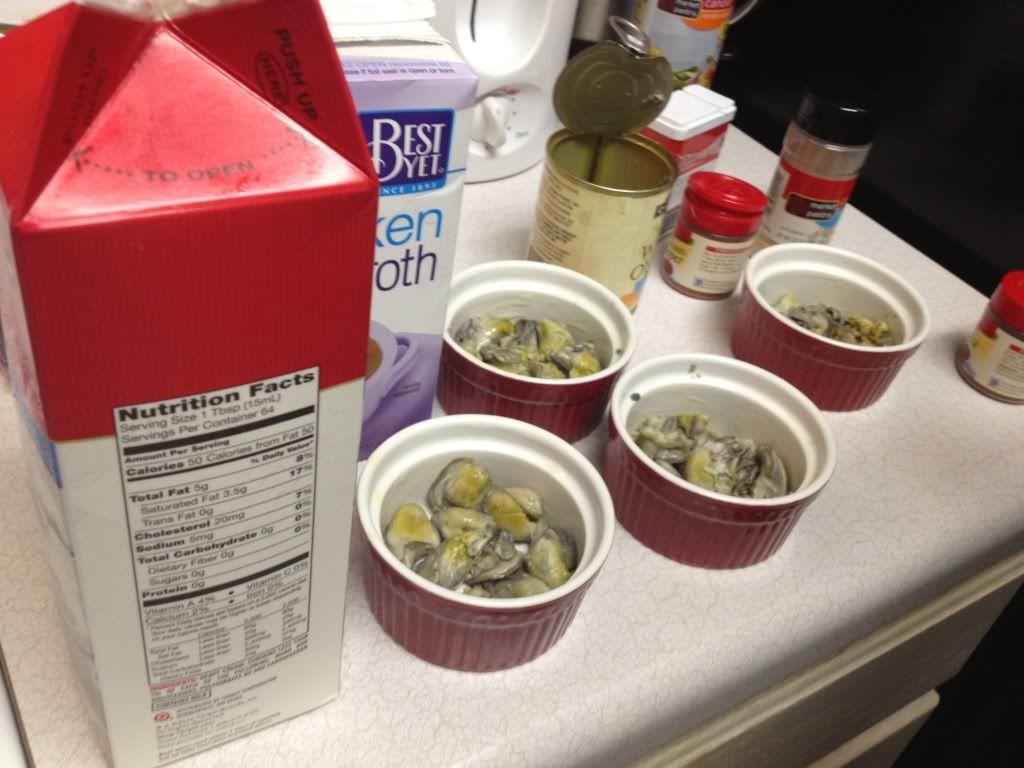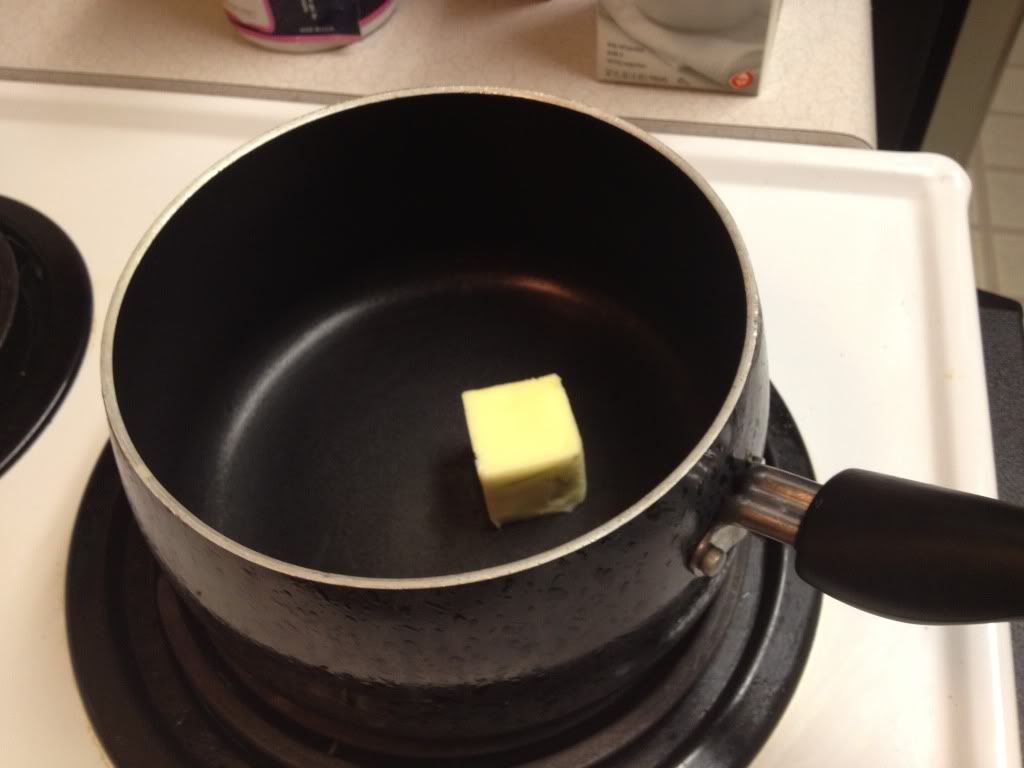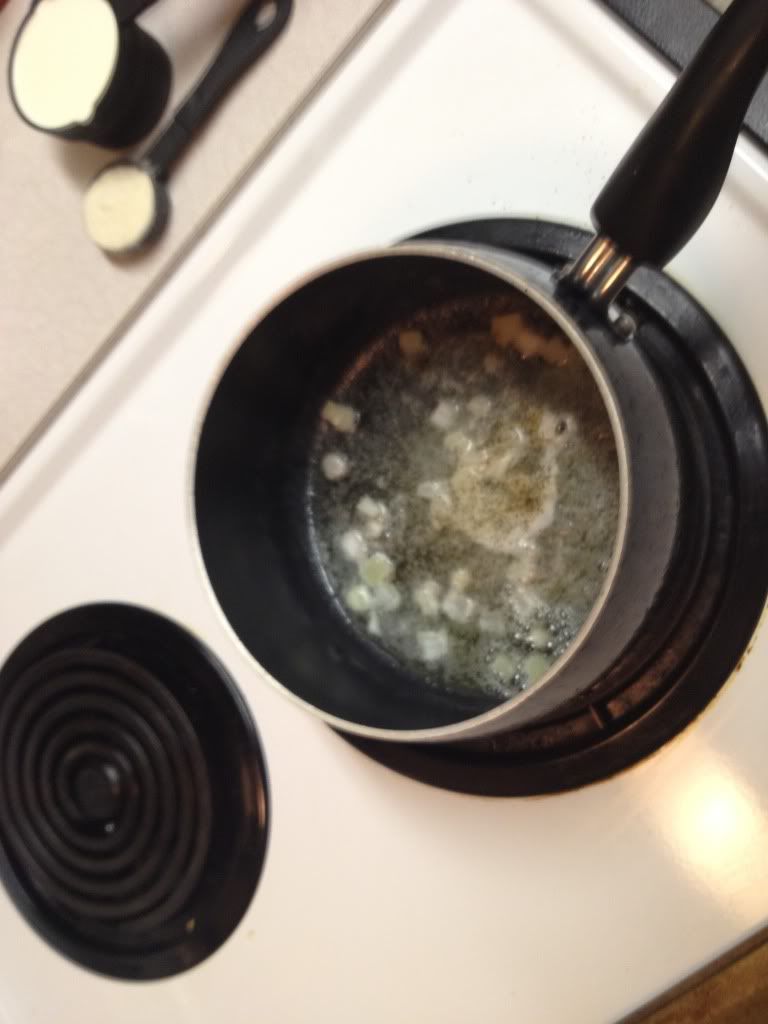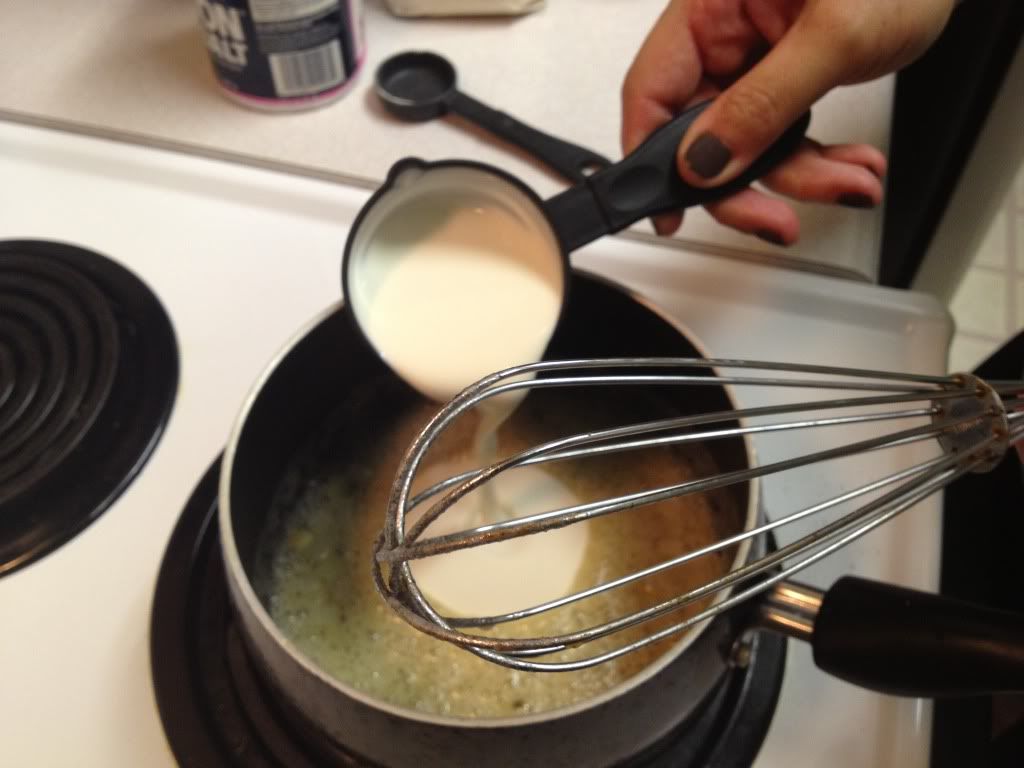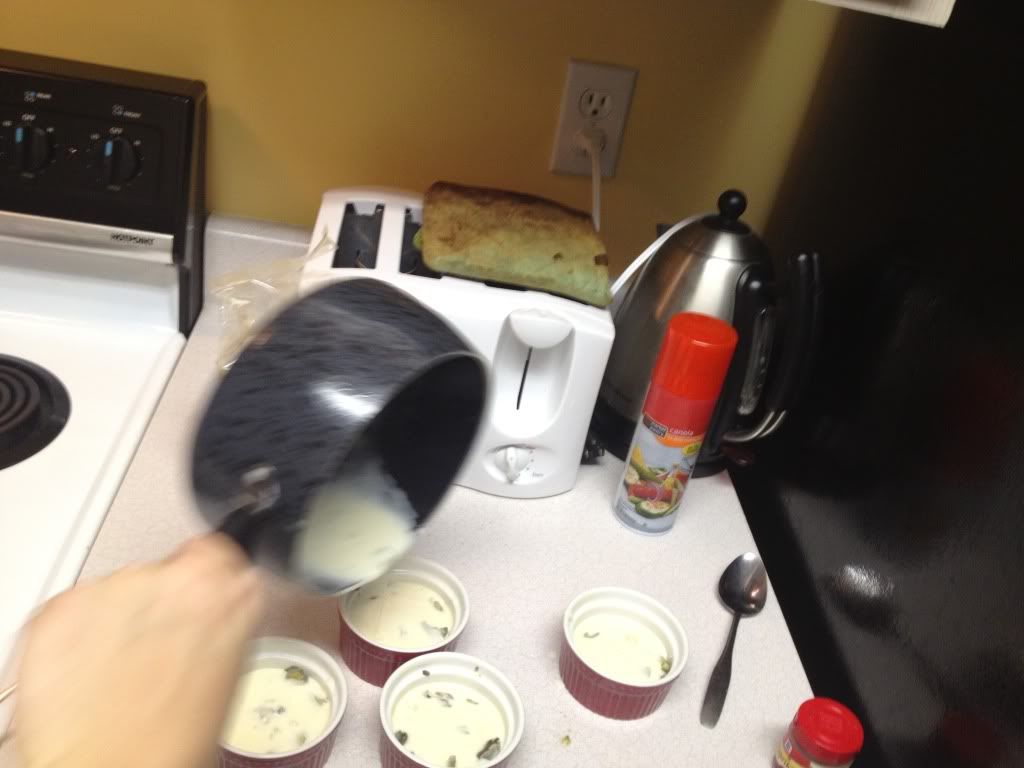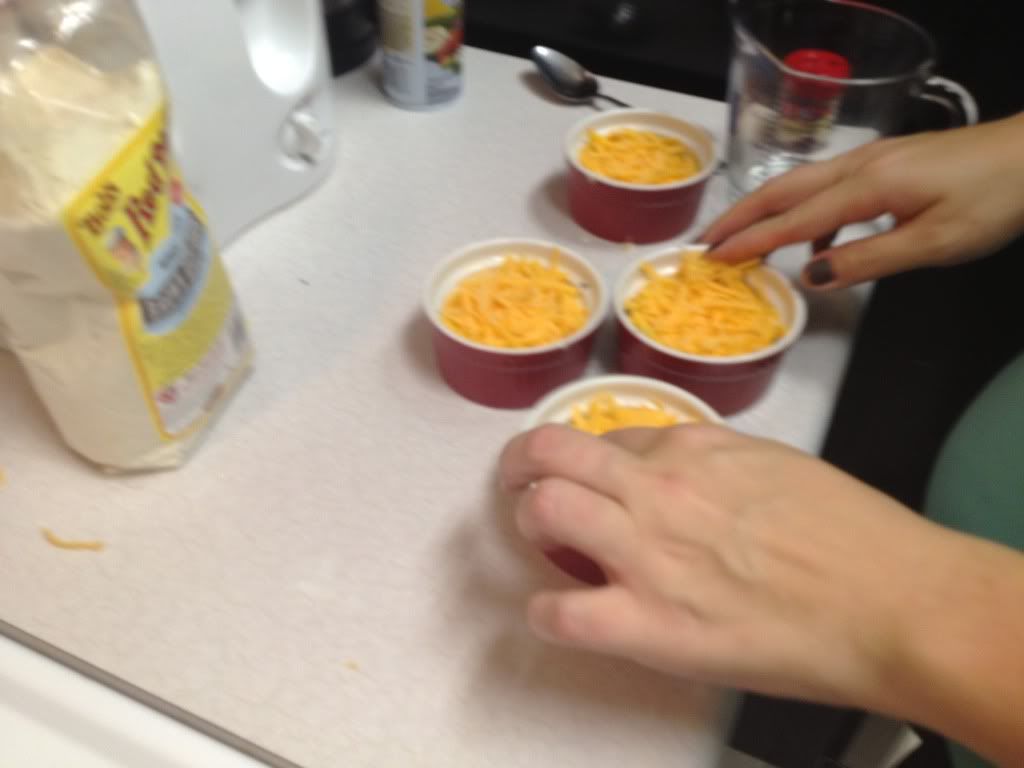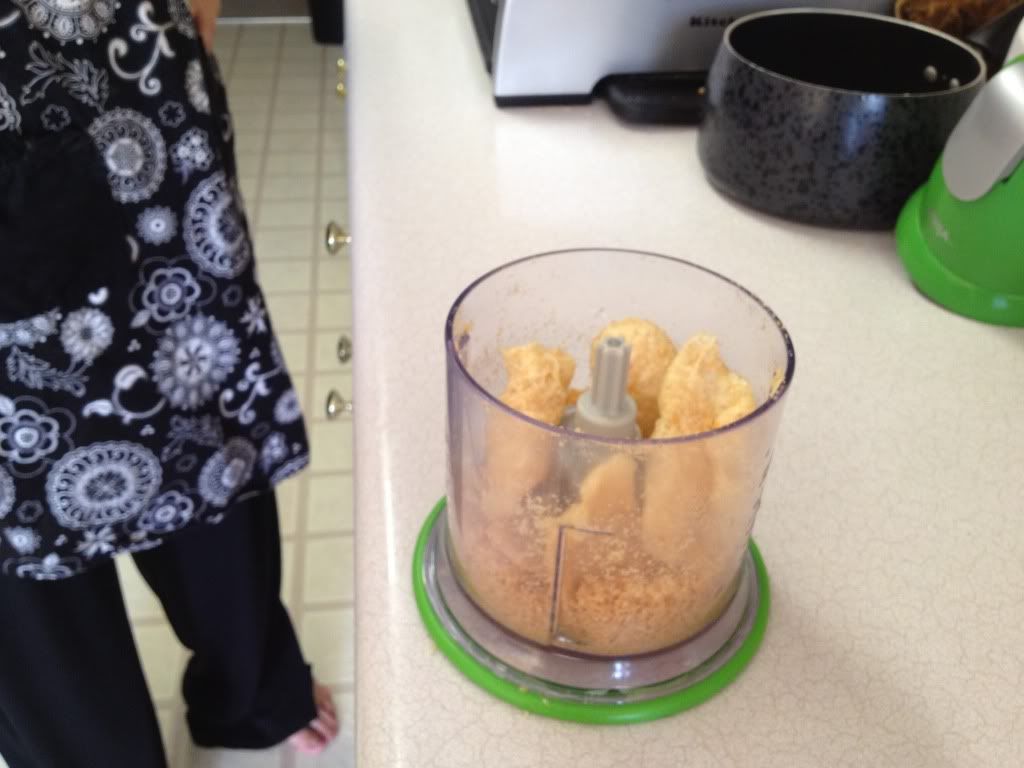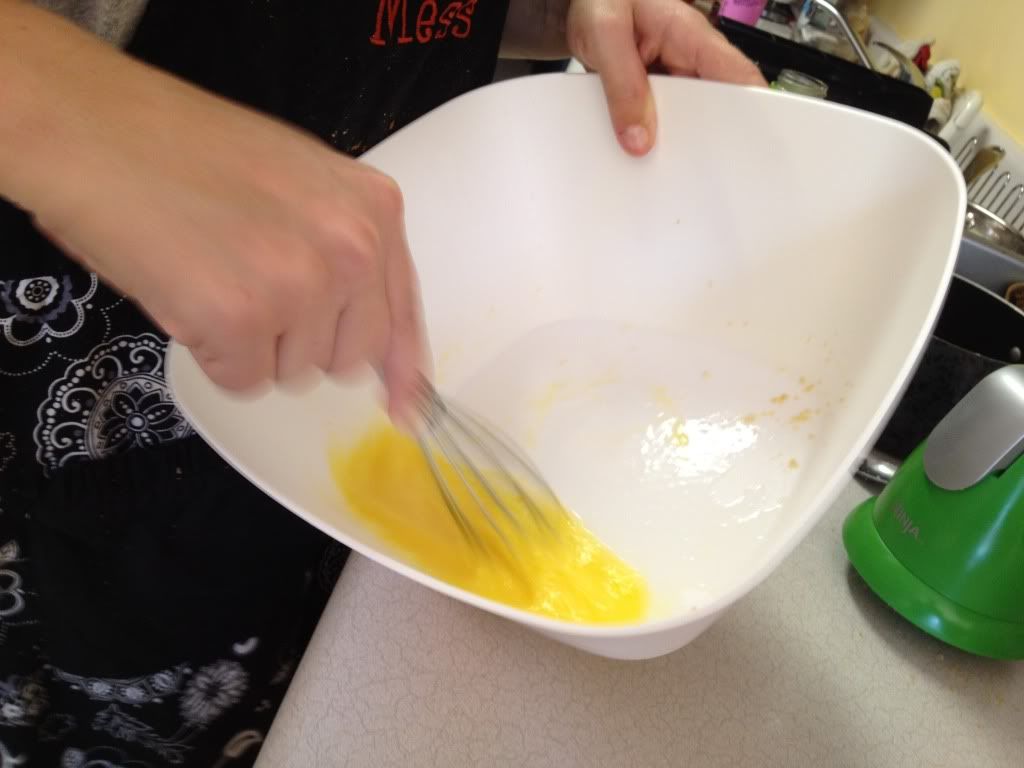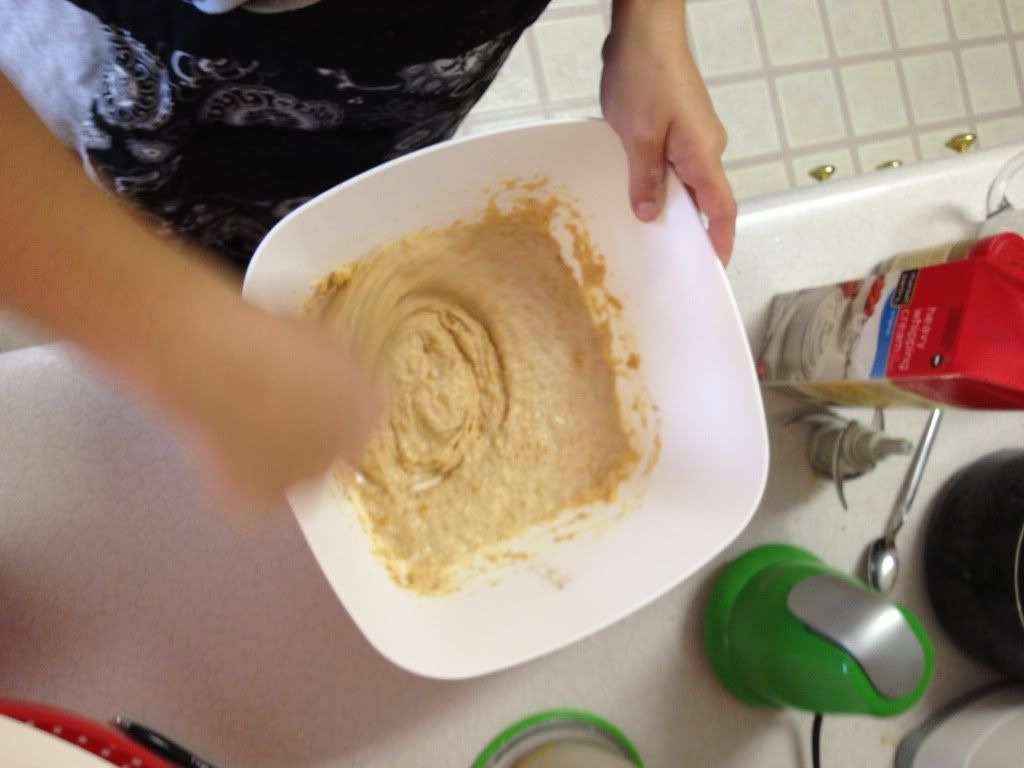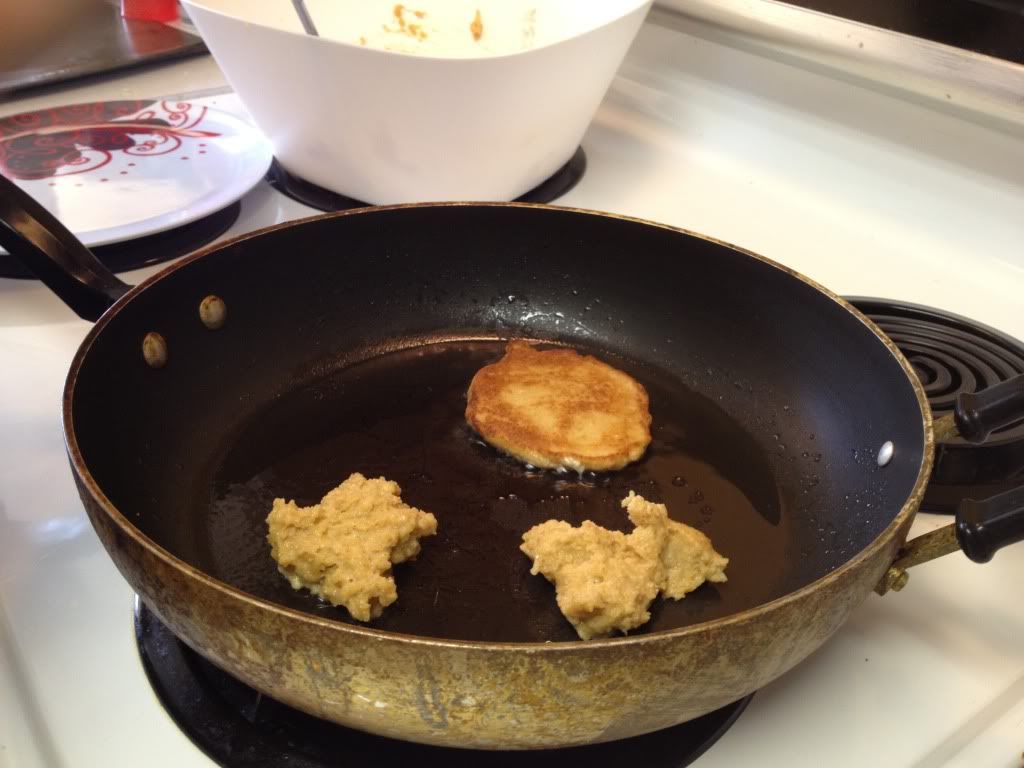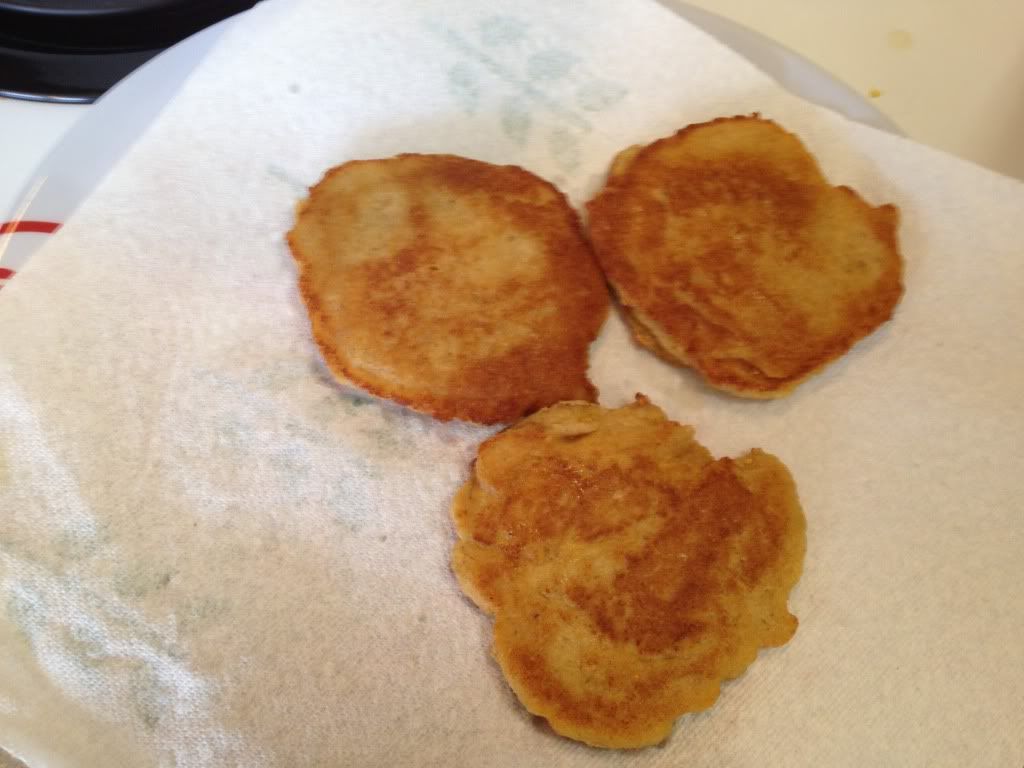However, I did some cooking tonight and I plan to share it with you! Here's the thing: it's not gluten-free. Or low-carb. Well, not all of it is. The bacon and bleu cheese steak certainly is; the challah-made peach cobbler is not (though you could use gluten-free bread instead of challah). However, I can guarantee you that these recipes are AMAZING. Simply amazing.
Here's how to make the steak:
This Nom Needs:
1 lb preferred steak -- I used eye of chuck due to its relative cheapness
1 tablespoon salt
1 tablespoon black pepper
1 tablespoon bleu cheese -- you can use crumbled but I used a creamy Danish bleu
3 tablespoons bacon bits
2 pats butter
Mix salt and pepper and roll steaks in the mixture. This will help "lock in" moisture while searing the steak.

While the crusted steak sits a moment, heat a cast iron skillet on the stovetop at just over medium heat. Preheat the oven to about 400 degrees at the same time. A drop of water should "dance" on the skillet when poured in.
Add the steak and cook 1 minute on each side per inch of thickness. A 1-inch thick steak should be cooked 1 minute on each side. Once the steak is done, remove it from the stovetop heat, crown it with the pats of butter, and then put it in the oven still in the cast iron pan. Cook to desired done-ness (I usually cook medium rare or medium), and remove it from the oven.
While the crusted steak sits a moment, heat a cast iron skillet on the stovetop at just over medium heat. Preheat the oven to about 400 degrees at the same time. A drop of water should "dance" on the skillet when poured in.
 While the steak is cooking, mix the bleu cheese and the bacon together. I used a creamy bleu so that I could make the mixture into a sort of "paste" to spread over the top of the meat.
While the steak is cooking, mix the bleu cheese and the bacon together. I used a creamy bleu so that I could make the mixture into a sort of "paste" to spread over the top of the meat.
Once you remove the steak from the oven, spread the bacon and bleu mixture over it. Serve steak with favorite sides. As an added bonus, use the leftover juices in the pan as a sort of gravy, as we did with our steak and mashed cauliflower here:

For a dessert I wanted to make peach cobbler, but I didn't want the trouble of rolling out the dough. My mother has a recipe for a pineapple "cobbler" that's four ingredients: white bread, pineapple, sugar, and butter. I decided to tweak her recipe for peach cobbler instead. My friend Jason suggested using challah instead of plain white bread for a touch of the exotic. This is simple and delicious, rendering a crustier, less-sweet version of peach cobbler:
This Nom Needs:
2 cans of peach slices, canned in juice
1/2 cup butter
3/4 cup white sugar
3/4 cup torn challah pieces
Drain the cans of peaches, reserving only a tablespoonful of liquid in each one. Pour peaches into a rectangular glass casserole dish. Cover with challah pieces.

Melt butter in the microwave and stir in sugar until it forms a syrup. Pour evenly over the challah and peaches and place in a 400-degree preheated oven for approximately 12-15 minutes or until the top of the bread begins to crisp and brown.

Serve with your favorite ice cream.
So there you have it! Two recipes: one gluten-free low-carb, the other completely opposite. Please enjoy and tweak my recipes to your desire! I'll add calorie and vitamin counts when I have more time.
P.S. For an excellent challah recipe, please visit my friend Suzy's food blog, O Suzanah (in my food blog links).
